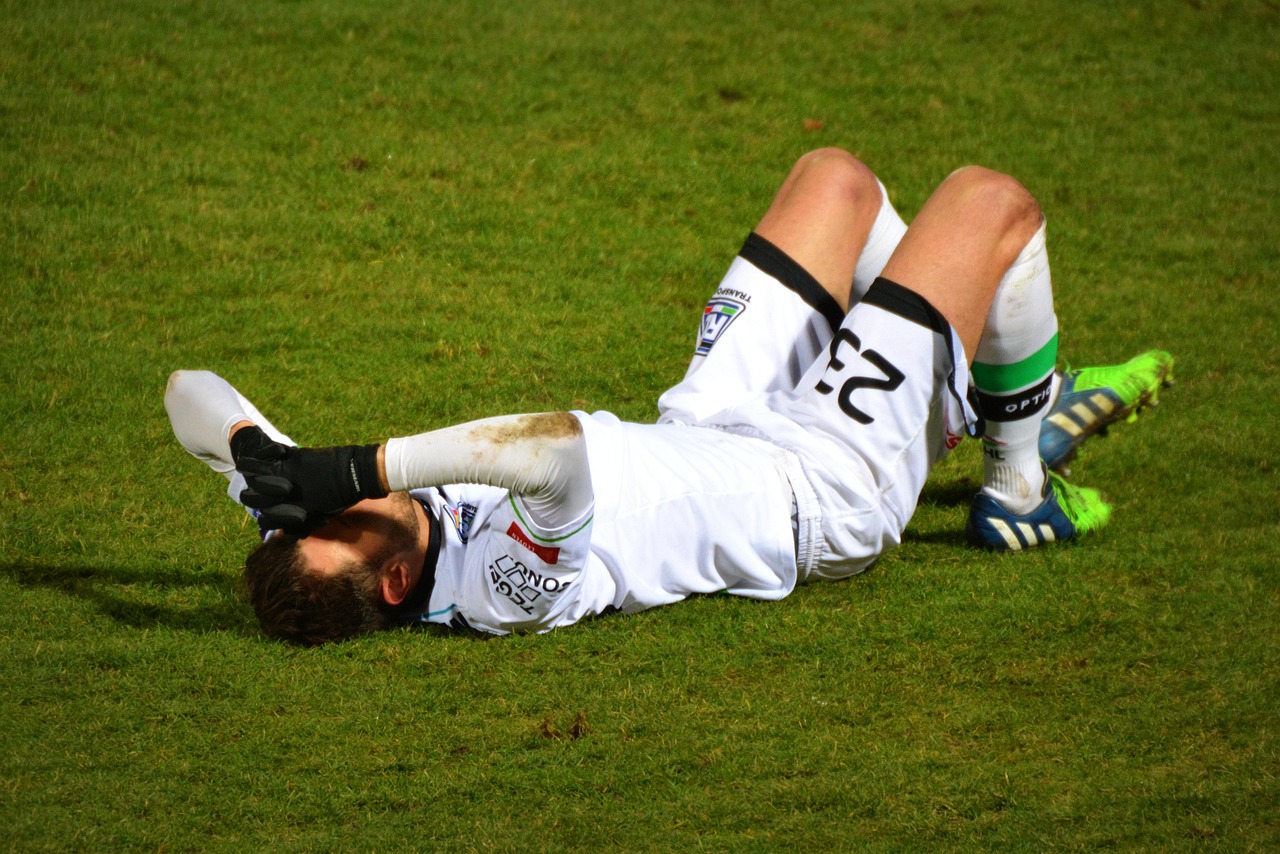High cholesterol doesn’t have to control your health. Many people don’t realise they have it, but lifestyle changes—especially the right exercise—can make a huge difference
What Is a Concussion?
A concussion in sport is a type of brain injury caused by a bump, blow, or jolt to the head or body. It can temporarily affect how the brain works, causing physical, cognitive, and emotional symptoms. It is important to note that we often see concussions that occur without direct head contact.
Even if an athlete seems fine immediately after impact, a concussion may still have occurred. Early recognition is key.
How to Spot a Concussion
Symptoms can appear immediately or develop over hours or days. Watch for:
- Confusion or appearing dazed
- Headache or pressure in the head
- Dizziness or loss of balance
- Nausea or vomiting
- Blurred or double vision
- Mood changes or irritability - often players may be upset or tearful
- Trouble sleeping
Other indicators: poor coordination, slowed reaction times, or unusual behaviour.
What to Do Immediately
- Stop play immediately. The athlete should not continue under any circumstances
- Check basic safety. Have the team doctor and/or physiotherapist assess the player's airway, breathing, and circulation
- Keep the athlete still if a neck injury is possible. This is very important. Do not move the player until the neck has been assessed and cleared by a professional
- Seek off pitch medical evaluation as soon as possible.
In amateur sports there is no option of a 'HIA" - this is solely applicable to certain professional games and must only be completed by experienced medical staff. Any suspicion whatsoever of a head injury should result in the player being removed and assessed.
Red Flags: Seek Urgent Care
Some situations require emergency attention:
- Loss of consciousness or worsening alertness
- Severe or increasing headache
- Repeated vomiting
- Seizures or unusual behaviour
- Weakness, numbness, or difficulty speaking
Key Takeaways
- Concussions can have serious consequences if not managed correctly.
- Remove athletes from play immediately if a head injury is suspected.
- Watch for symptoms and red flags; seek medical attention promptly.
- Recovery should be monitored closely, and return to sport should only occur after medical clearance.*
*Return to play protocols and guidance will be discussed in a later blog
.svg)






.svg)
.svg)
